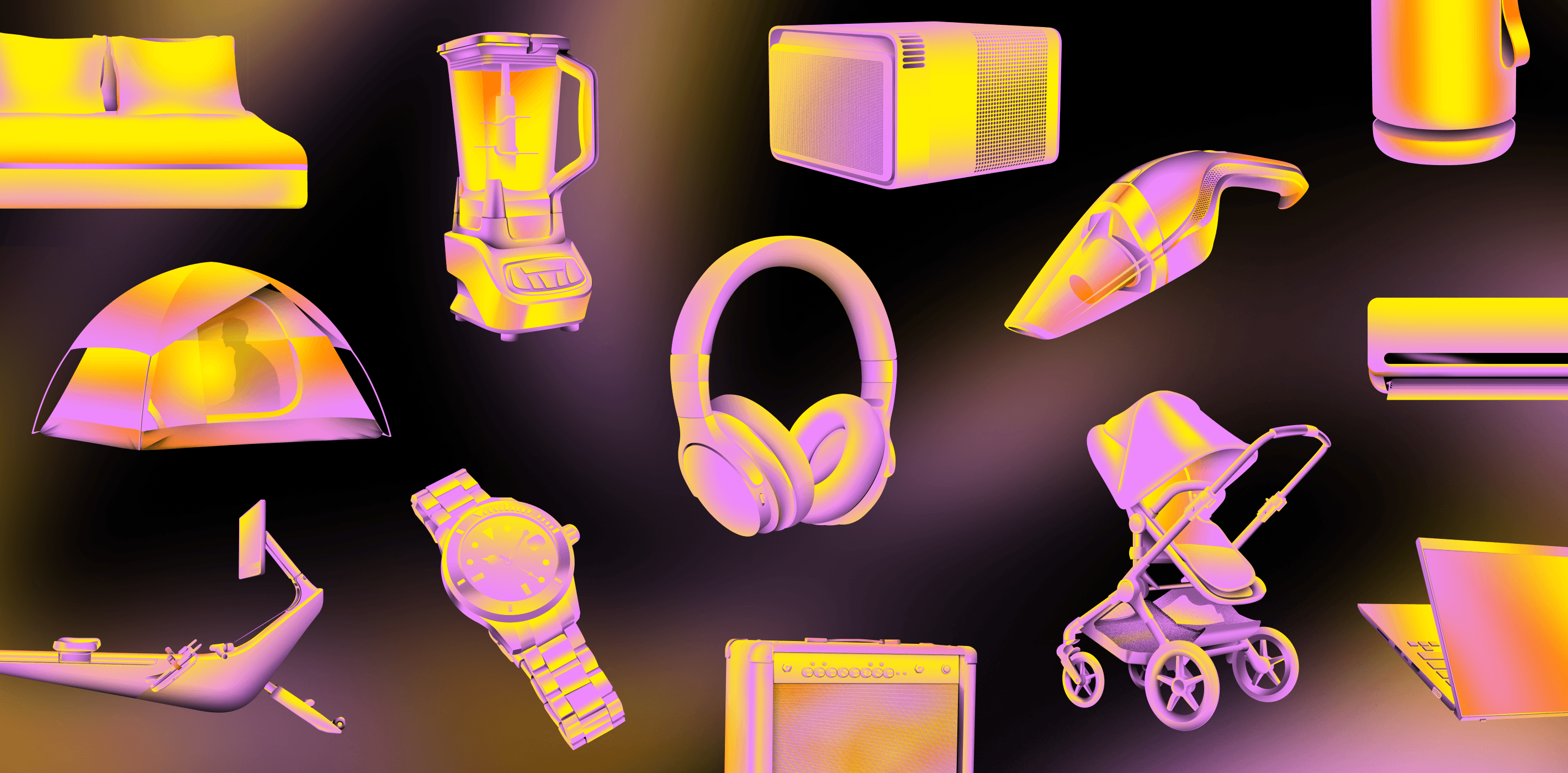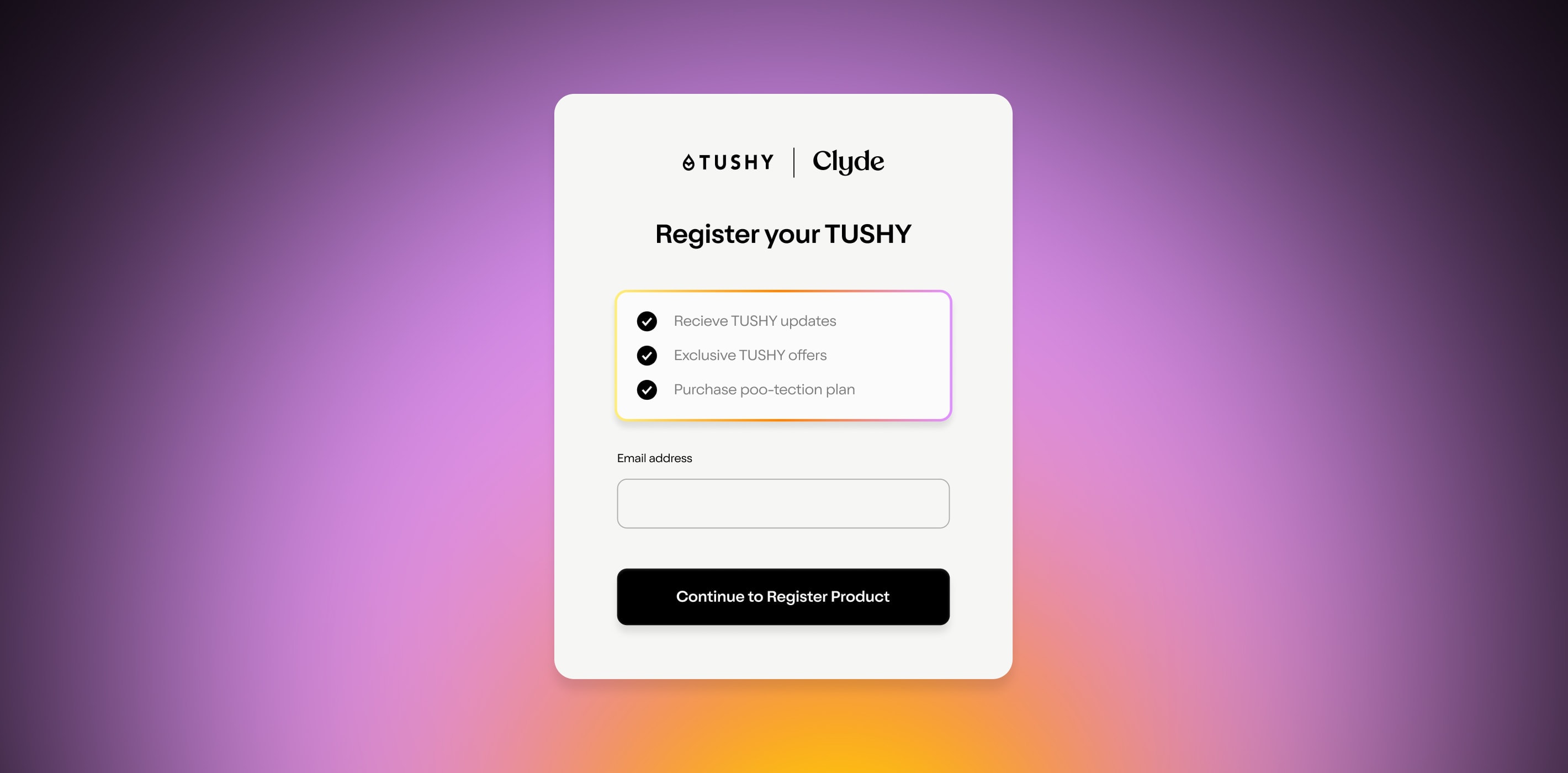17.3%.
That’s how much analysts predict U.S. eComm sales will grow in 2022.
And it’s four times faster than the rest of the economy’s growth rate; Goldman Sach’s U.S. GDP growth forecast is set at 3.8%.
This growth rate has money pouring into the industry. Investment in eComm initiatives grew 31% from the first quarter of 2021 to the second, per CBInsights , hitting a high of $16.9B.
Those investments are feeding innovation in every stage of an eComm sale, from customer acquisition to payment to retention.
One of the biggest trends?
A movement away from monoliths and towards microservices.
For a while now, enterprise eCommerce companies have been leaning away from building everything in-house on one centralized architecture and instead buying a more nimble tech stack .
Amazon, eBay, and Groupon all have moved towards a microservice architecture in the last few years. eBay’s CTO told reporters back in 2016 that the eComm giant was using more than 1,000 microservices, and that through those microservices, the company was able to provide better customer experiences in everything from inventory management to checkout.
And now with a new crop of startups offering even more nimble, customizable, and reliable microservices, it’s worth understanding how a microservice architecture works.
Understanding What an eCommerce Microservice Architecture Is
Microservices are small, independent pieces of software that communicate with other pieces of software via APIs. APIs are Application Programming Interfaces, or connectivity interfaces between applications.
A microservice architecture is a collection of applications that each fulfill different functions but talk to each other. In contrast, a monolithic architecture is a centralized, closed system where different functions are completed by a single program and via a single platform.
Think of it like streaming services. Back in the day, if you were lucky enough to not have a cable monopoly in your area, you had maybe two companies to choose from. Those companies provided all of your channels, and if there was a cable outage, you couldn’t watch anything at all.
Now, consumers have the choice of dozens of different streaming services, each offering specific, different programming. If for some reason Disney+ is down, you could still watch whatever’s on Hulu, HBO Max, or Netflix. And each one of those streamers integrates seamlessly into your smart TV, so you can access them all in the same place.
Putting aside any nostalgia for the days of channel-surfing, this microservice wave has provided eComm companies with the ability to create what can best be described as a "plugable" website. By selecting the best third-party plugins, these companies are adaptable and have the ability to incorporate the best the tech market has to offer, which ultimately can lead to a better customer experience.
In the same way that a system comprised of microservices can be more nimble and economical by incorporating many best-in-class plugins or external services, Clyde is offering retailers plugins and services that provide warranties and protection plans programs. While not a microservice itself, the Clyde platform offers the flexibility, in-house expertise and profitability of an outsourced solution in a plugable way. For this reason, launching a program with Clyde can take as little as day, providing a very attractive time-to-value proposition for the retailers that use it.
Why are Microservice Architectures Replacing Monolithic Architectures?
Is your tech stack still a financial anchor that is only viewed as a line item, a mere cost of doing business? What if you could create a cashflow-positive tech stack? What kinds of opportunities would that open up for your business? Learn more here .
Microservice architectures are replacing monolithic architectures because the former allows for much more customizable growth. Monolithic architectures mean taking down an entire site when one part of it isn’t performing, or being forced to code new applications in a language or an environment that’s not suited to them, or spending tons of time doing manual testing before rolling out updates to make sure a deployment will work as planned. They also require significant IT resources to build, maintain, and evolve.
Microservices get around that. They’re decentralized, easier to deploy, and can be worked on simultaneously.
One of our customers, Cori Taylor at Autobrush , explains why they chose to use Clyde, instead of building and operating their own warranty program: “We did not have the manpower, time, or risk appetite to build something [in-house] that already exists…All of our software buying decisions are based on a gap in customer experience. If we can’t find a solution in-house, we start looking for other solutions.”
The Benefits of Implementing Microservices
Succeeding in eCommerce is all about anticipating and solving customers’ needs.
Microservices are the easiest way to continuously do that.
Here are some of the specific benefits that microservices bring to ecomm vendors:
Specialization. Microservices let you find the exact thing you’re looking for, without having to build a kind-of, sort-of functional version with the same language as the rest of your site. Does an inventor management widget need tons of server time to run calcs? You might build that in Java, even if your plug-in to manage product photos relies on Ruby.
Custom scaling. With a microservice architecture, you don’t have to scale your frontend and backend at the same time. You can deploy developers to the former, to roll out new features to respond to heavy traffic, without having to scale the entire application at the same time.
Improved resilience. Without a single point of failure, your site is less vulnerable. For example, if your search feature breaks, customers can still successfully check out while you’re getting it fixed—your whole site doesn’t need to go offline.
Easier maintenance. Microservices are managed by the teams that deploy them. With smaller codebases and a more direct connection between the customers using the service and the IT supporting it, your developers will have an easier time fixing problems when they come up.
Faster improvements. Shopify expects to see record ecommerce competition in 2022. Winners will be the companies who can offer rich, immersive experiences , from slick product pages to customized offerings. Microservices are faster to deploy and can be worked on independently. If you want to add a reviews tool to your product page, for instance, your product team can get that up and running without having to involve the payment team.
Types of Microservices Available
If you can dream it, it exists as a microservice.
Whether you build your own microservices or take advantage of already-existing solutions, these tiny solutions can work for user management, product management, order management, payment management, and other aspects of an ecommerce application or website.
Enhanced Search Microservices
4 out of every 10 eCommerce buyers go directly to the search bar. If your site’s or app’s search features aren’t well-developed, you’re losing out on sales.
Again, you can build your own search service, which would require building and accessing an index.
Or you can use already-existing microservices like Elasticsearch , which helps Wordpress sites offer faster, more complete search.
Algolia offers similar features, including AI-powered search, and integrates with platforms like Shopify and Salesforce Commerce Cloud
Product Catalog Microservices
Per Shopify , eCommerce stores that launch new products can see higher sales and conversions and increased brand awareness.
Managing an ever-changing product catalog can be a pain, though, which is why many eCommerce vendors outsource their catalog management to a microservice like Sales Layer or Salsify . Both services help with product information management (PIM) by collecting and personalizing product information across channels.
Payment Microservices
Cash. Check. Credit card. Those are pretty much all of the payment options available to a shopper in a regular brick-and-mortar store. Checkout is handled by one cashier with one register and one credit card machine, and that’s it.
But what if your eCommerce buyers want to pay with cryptocurrency? Or with a buy now, pay later (BNPL) program? Or split their payments across multiple credit cards? Or pay with a digital Paypal wallet? Or apply different discount codes to different parts of an order?
Not having multiple payment options means leaving money on the table. Per the Federal Reserve, online spending on some ecomm categories, including grocery and general merchandise marketplaces, nearly doubled in 2020 , going from $110 to $212 per purchase.
Adding payment microservices like Bold Commerce can help you customize a seamless payment and checkout experience that gives your customers the options they want.
Chargebee is a great option for eCommerce sellers who offer subscriptions. It scales across international currencies and taxes and lets you customize pricing by customer segments.
Warranty and Product Protection Microservices
To earn a sale, merchants have to pass multiple levels. Does their product do what the customer is looking for? Is the price right? Does it come recommended by peers? What are the shipping options? What’s the return policy?
And increasingly importantly: is there an extended warranty offered?
Assurant found that offering extended warranties can increase a customer’s intent to buy by about 25%. That helps merchants win more sales while also giving customers greater peace of mind.
Clyde can help, offering everything from product protection to accident coverage via simple integration into existing product and payment flows.
Clyde: Your eCommerce Product Protection Microservice
Ready to deploy a microservice that can drive customer lifetime value , AOV, and customer experience, all at once?
SIGN UP FOR OUR NEWSLETTER


















